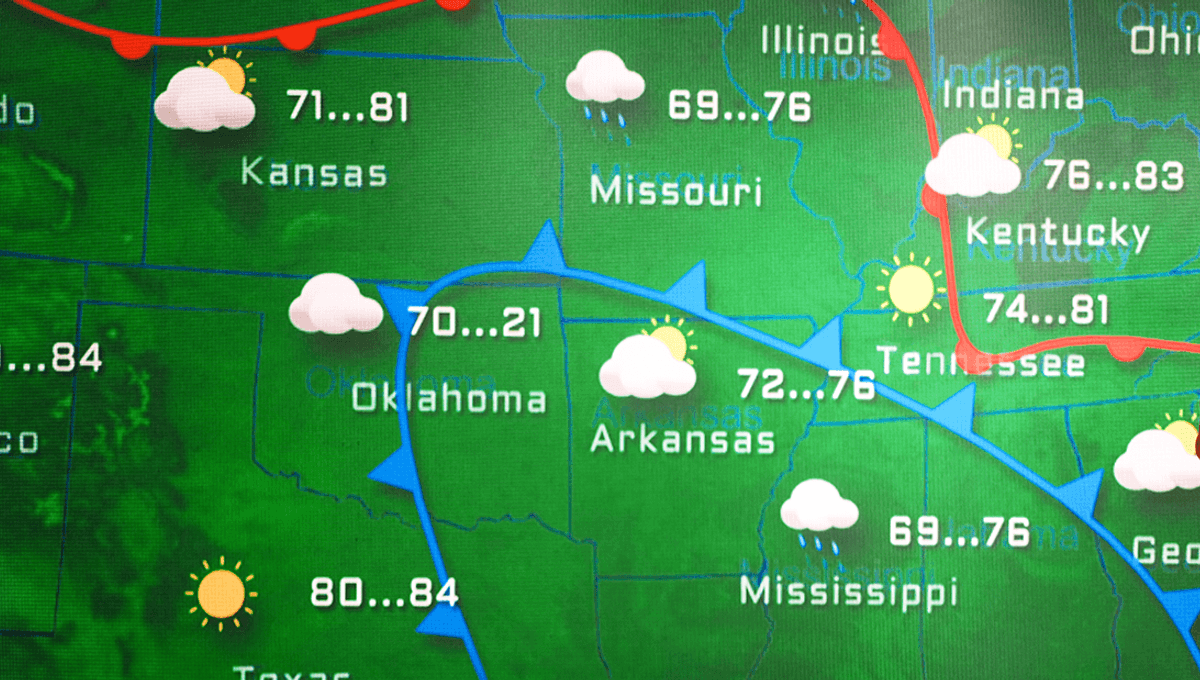
People are confused about the weather forecast, and finding out that the percentages given don’t mean quite what they thought they did.
The latest confusion comes courtesy of the account “wild (tiktok) screenshots” on X (by which we mean “Twitter”), who lived up to their name and posted this:
While you might think that 30 percent chance of rain means there’s a 30 percent chance of rain in your area, in reality, it’s not that simple. According to a TikTok video (which isn’t quite right), when the weather says that there is a 30 percent chance of rain that means that there is a 100 percent chance of rain in a certain area, but that it will only rain on 30 percent of that given area.
Well, that isn’t correct either. While it is possible that a 30 percent chance of rain could mean that there is a 100 percent chance of rain in the area, but only 30 percent of the area will see it, it’s much more likely something else is happening. It’s all to do with how it’s calculated, which takes both the confidence level of the predictor, and the area covered by rain into account.
“The probability of precipitation forecast is one of the most least understood elements of the weather forecast,” the National Weather Service explains. “To summarize, the probability of precipitation is simply a statistical probability of 0.01 inch [0.025 centimeters] or more of precipitation at a given area in the given forecast area in the time period specified.”
To calculate the precipitation probability, forecasters multiply how much of an area they believe will receive this much rain, by how confident they are in their prediction that rain will fall in that area.
The National Weather Service give these examples, which both lead to a prediction of a 40 percent chance of rain:
“(1) If the forecaster was 80 percent certain that rain would develop but only expected to cover 50 percent of the forecast area, then the forecast would read ‘a 40 percent chance of rain’ for any given location.
(2) If the forecaster expected a widespread area of precipitation with 100 percent coverage to approach, but he/she was only 40 percent certain that it would reach the forecast area, this would, as well, result in a ’40 percent chance of rain’ at any given location in the forecast area.”
It’s not a secret. Here’s broadcast meteorologist Heather Waldman explaining it, and the formula which goes along with it.
Different organizations also use different forecast models, resulting in (occasionally wildly) different weather forecasts. Just something to consider when deciding whether or not to leave the house with a brolly.
Source Link: What Does It Mean When They Say There Is 30 Percent Chance Of Rain?